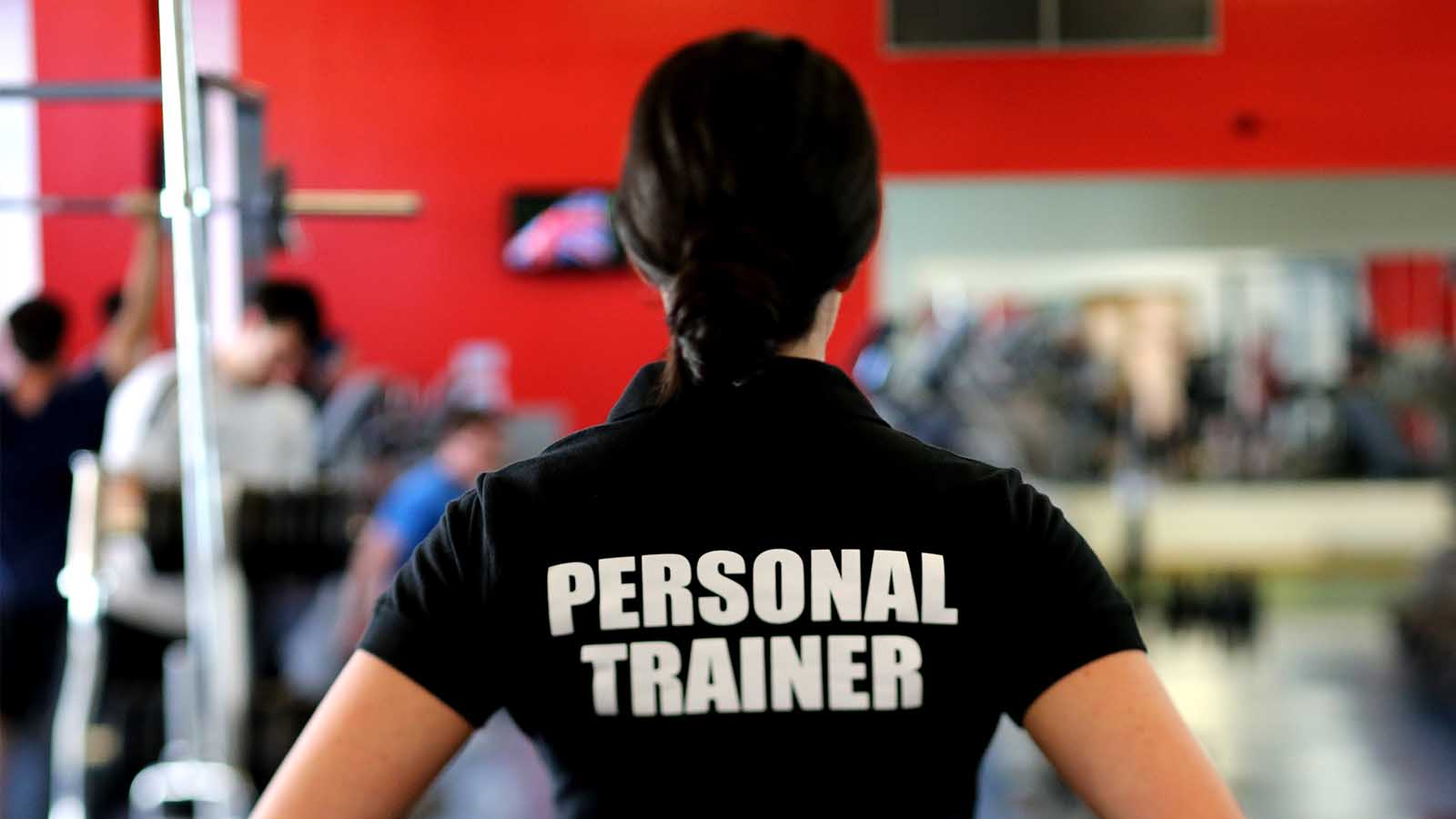What is the Best Workout Schedule?
With so many different exercise routines and types of workouts, it can be overwhelming to figure out how to get started. You may wonder what the best workout schedule is, what types of exercise you should include and how often you should be doing them.
I will start by saying, some exercise is better than nothing! I never want people to feel discouraged to even start because they feel like they can’t commit to a certain number of days per week or a certain length workout each day. Even a 10-minute walk around the block is making steps in the right direction — so do what you can, when you can!
For those people with a general goal of improving their health and fitness, incorporating different types of exercise on a consistent basis, and reaching a moderate-intensity during those workouts, will provide the best results. Being regularly active boasts a wide variety of health benefits that include managing weight, reducing the risk of disease, strengthening bones, improving brain health, and improving a person’s ability to perform daily activities.
As a personal trainer, many of my clients enlist me to create the best workout schedule for their lifestyle and their goals. While this is customized to each person, there are a few basic guidelines that I follow.
How often should I exercise?
The CDC recommends 4-5 days of exercise a week to improve overall health and fitness. The recommend length is at least 30 minutes daily, though some exercise is better than none.
Depending on your personal goals, gym accessibility and what kind of exercise you enjoy doing (i.e. running, weight lifting, Pilates), your workout schedule may look different from someone else’s. But this is the workout schedule I generally recommend to improve overall health and fitness.
As a certified personal trainer, yoga and Pilates instructor, I recommend that my clients exercise five days a week, dividing the workouts as follows:
How many cardio days should I do each week?
How much cardio you should be doing depends on your goals. If your goal is to lose weight, participating in at least two days of high-intensity interval training (HIIT) or another aerobic activity (like spinning, swimming or fast walking) is what I recommend for my weight-loss clients.
These vigorous activities increase calorie burn. Though most lower-intensity cardio sessions will only increase calorie burn during the activity itself and maybe a little afterward, HIIT workouts lead to the “after-burn effect.” This means that not only are you burning calories during the workout, but for hours after your workout session.
How many strength-training days should I do each week?
I recommend that my clients strength train three days a week. Not only does research show that strength training help reduce overall body mass and fat, but research also shows it can improve your body image. Many of my clients report feeling stronger and more confident after a single strength-training session because they have find a sense of accomplishment in strengthening their bodies. Other clients have found that after adding in strength training, their bodies begin to release weight and they finally see the number on the scale start to go down.
A sample weekly workout plan
I usually recommend adding Pilates core work to strength-training days and yoga and/or stretching to the cardio days.
However, if you are crunched for time, you can perform cardio and strength training in the same day. Just keep in mind that it’s best for your muscles to not do the same strength-training workout two days in a row because the muscles need time to rest and repair. You can do cardio, core work and stretching every day!
This sample workout plan gives you an idea of what a week of well-balanced workouts may look like, including strength training, cardio, yoga and rest days.
- Monday: Strength training (full body) with Pilates abs and yoga stretching
- Tuesday: Cardio HIIT Session (20-30 minutes) or long walk/swim
- Wednesday: Strength training (full body) & with Pilates abs and yoga stretching
- Thursday: Rest day
- Friday: Strength training (full body) with Pilates abs and yoga stretching
- Saturday: Cardio HIIT session (20-30 minutes) or long walk/swim
- Sunday: Rest day


:quality(70)/cloudfront-us-east-1.images.arcpublishing.com/tronc/WZGIWSRHQNAZ5B7LAEQTNUHSSI.JPG)